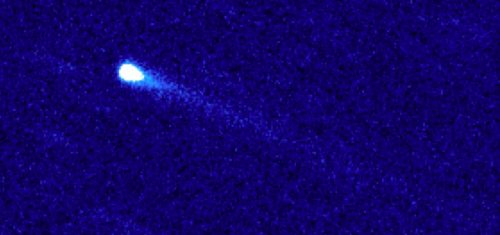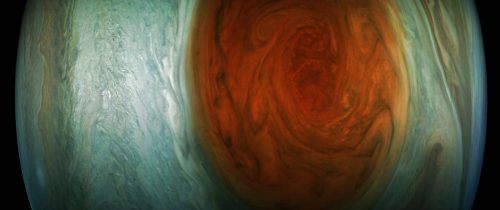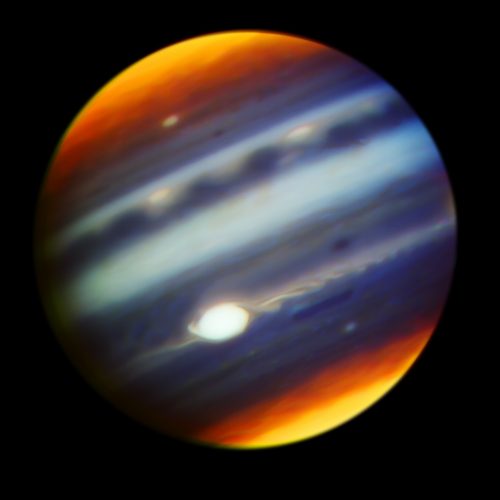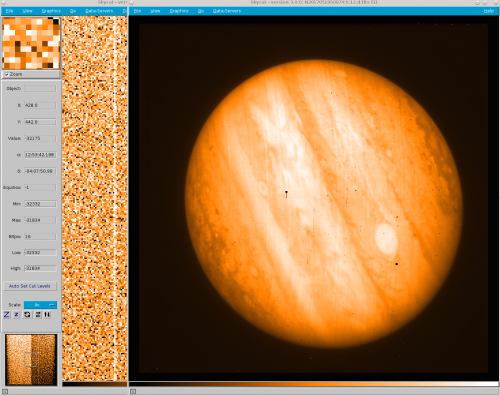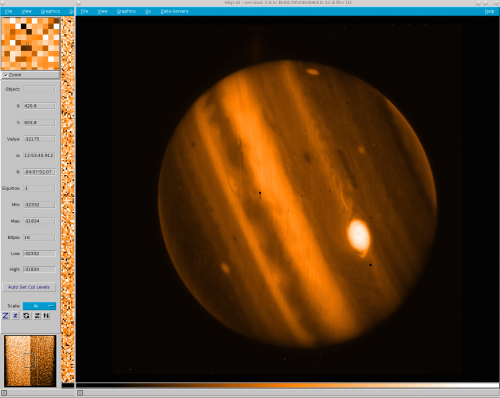- Date: 8 Sep 2017
- Comments: (0)
- Categories: For Everyone, Human Interest
Get to Know Gemini is a new series of blog posts aimed to highlight the different careers, backgrounds, and types of people contributing to Gemini Observatory and its science.

Name: Beverley Lidyoff
What is your current position and at which telescope?
I am currently the Gemini North Administration & Facilities Manager
In four lines or less, explain what you do as part of the Gemini Observatory team?
I am responsible for health and well-being of our facilities, as well as facilitating the full environment of my staff, to ensure we provide our customers a World-class experience in our facility. I also coach and mentor my team to inspire continued growth and higher self-confidence.
How long have you worked for Gemini?
A little over 3 years
What drew you to this job?
The opportunity to manage a facility and team in a scholastic, not for-profit environment.
What is the best part of your job?
Working and interacting with staff members from all over the world.
Where are you originally from/where did you grow up?
I am originally from Southern California where I lived in El Segundo, a wonderful town hidden between LAX and Manhattan beach, as well as Redondo Beach & Torrance.
What skill do you think is most important to know for your job?
Active listening mixed with curiosity and forward thinking.
Why is astronomy important?
We live in a vast universe with a lot of amazing energy around us and Astronomy helps us to keep track of time and events.
What is your favorite movie?
I don’t have a favorite movie, but I do enjoy watching House of Cards on Netflix and action packed movies.
What is the latest book you have read?
Fierce Conversations by Susan Scott
What three albums would you bring with you to a desert island?
Sarah McLachlan – Afterglow
Jennifer Lopez – Dance Again – the Hits
Pink – Greatest Hits….So Far!!!
What is one hobby of yours?
Golf
Favorite beverage?
Iced Tea
Check back next month to learn more about the staff that help Gemini to explore the Universe and share its wonders!

